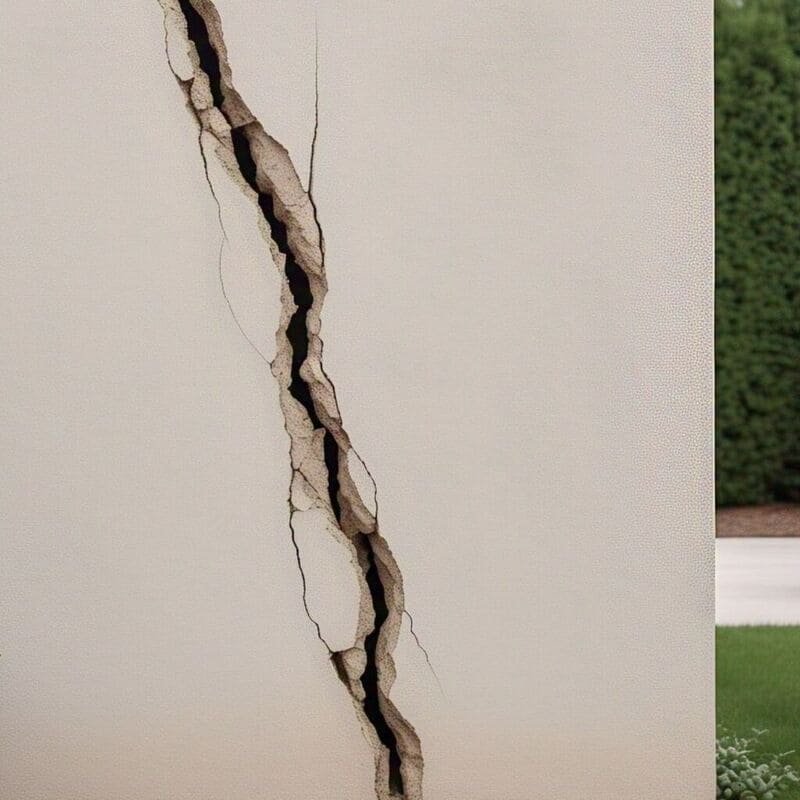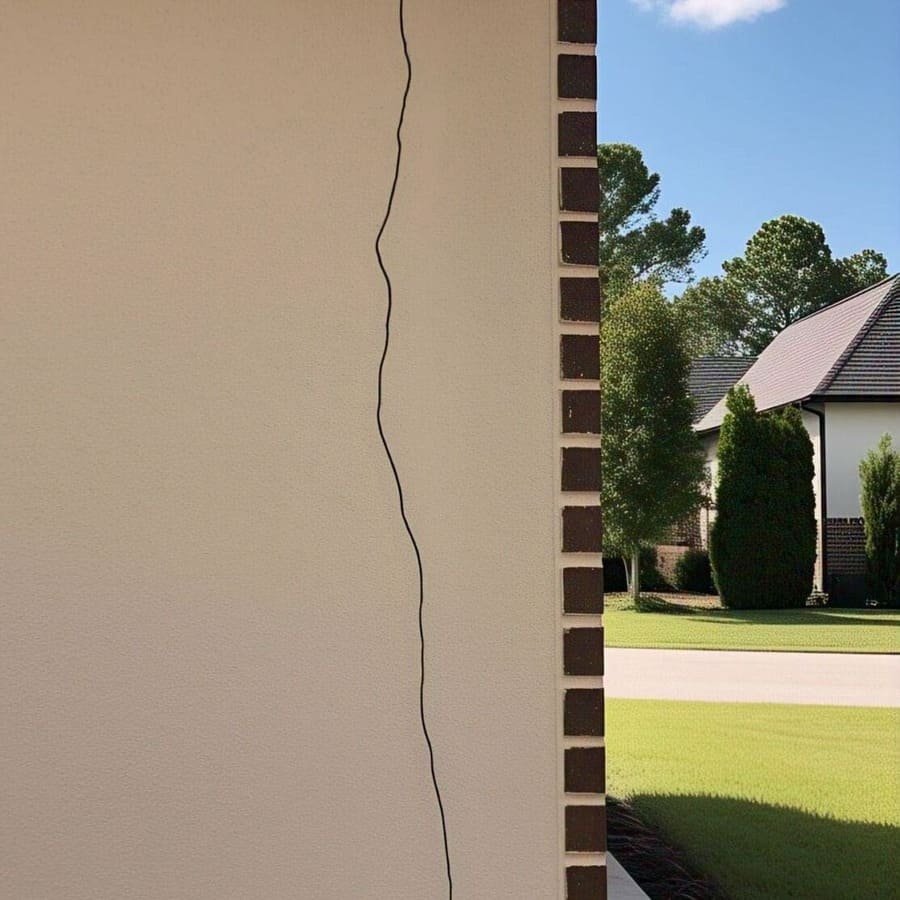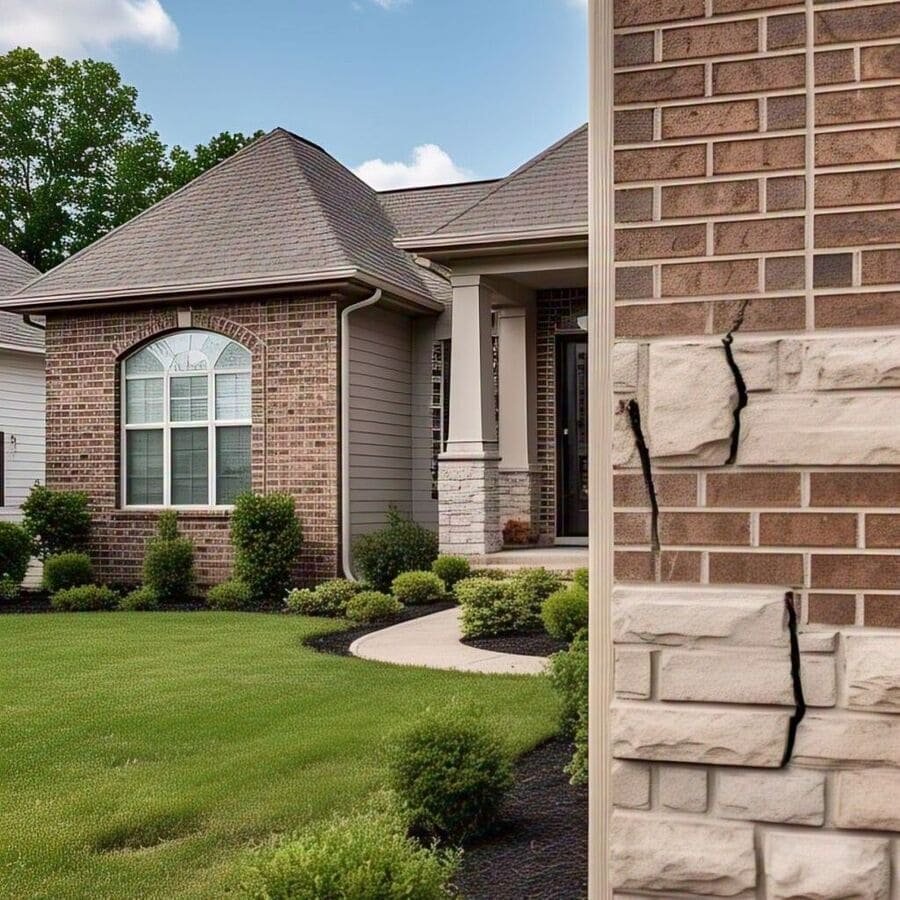When your foundation is in trouble, it’s like finding a crack in your favorite mug. The small issue at first can quickly become a bigger problem if not dealt with properly. Foundation repair isn’t something to ignore, but it’s also not something to panic about. If you’ve noticed some warning signs—like cracks in the walls, uneven floors, or doors that stick—it might be time to schedule a foundation inspection.
In this post, we’ll walk you through what to expect during a foundation repair in Billings MT, step by step. Don’t worry, we’ll keep it simple, clear, and without unnecessary jargon.
Let’s dive in!

Step 1: The Initial Foundation Inspection
Before any repair begins, the first step is an inspection. This is where a foundation expert comes to your home to assess the damage and decide what needs to be done.
What to expect:
- The foundation expert will look for cracks, uneven floors, gaps around doors and windows, or any other signs of damage.
- They’ll usually start with an exterior inspection—looking at the foundation from the outside.
- They may also inspect your crawl space or basement if you have one. Moisture, mold, or damage to these areas can indicate foundation issues.
- Don’t be surprised if they use some equipment, like a level or laser measurement tool, to check if the foundation has shifted or settled.
What to ask:
- “What caused the damage?” (Water damage, soil movement, or construction issues?)
- “Do you recommend repairs immediately, or is it something I can monitor over time?”
Pro tip: The inspection should be detailed. If you feel like they’re rushing through it, don’t hesitate to ask more questions. This is a big decision!
Step 2: Getting the Estimate
After the inspection, the next step is receiving an estimate. This is where you find out the cost of the repair and how long it will take.
What to expect:
- The cost of foundation repairs can vary greatly depending on the severity of the damage, the type of repair needed, and the location of your home.
- Most foundation repair companies will provide a detailed written estimate, breaking down the cost for each part of the repair.
- The company will outline their recommended repair method—whether that’s using piers to lift the foundation, filling cracks, or something else.
What to ask:
- “Can you explain the cost breakdown?” (Be sure you understand exactly what you’re paying for!)
- “What’s the timeline for this repair?”
- “Are there any warranties or guarantees for the repair?”
Pro tip: It’s a good idea to get at least two or three estimates from different companies to compare prices and options. Don’t go for the cheapest option, but look for a company with a strong reputation.
Step 3: Choosing the Right Repair Method
Once you have the estimates, it’s time to decide what kind of repair method works best for your home.
What to expect:
- Different types of foundation repairs include:
- Piering (Push Pier or Helical Pier): This involves installing piers deep into the ground to support the foundation.
- Slabjacking (Mudjacking): This method involves injecting a grout mixture beneath the foundation to lift it back into place.
- Crawl Space Repairs: If your home has a crawl space, the repair might involve adding supports or installing a vapor barrier to prevent moisture problems.
- Your contractor will recommend the best method based on your home’s unique situation.
What to ask:
- “Why do you recommend this method over others?”
- “What’s the long-term effectiveness of this method?”
- “How much disruption will this cause to my home?”
Pro tip: Choose a repair method that suits both your needs and your budget. The cheapest option isn’t always the best. Look for a lasting solution!
Step 4: Scheduling the Repair
Once you’ve chosen your method, it’s time to schedule the repair. The timing will depend on the severity of the damage and the availability of the repair crew.
What to expect:
- Repairs can take anywhere from one day to several weeks depending on the extent of the damage and the method used.
- Your contractor will give you a specific timeline, including when they’ll start and how long they expect to be on site.
- You’ll likely need to prepare your home for the work—moving furniture, covering things up, and ensuring easy access to areas like the crawl space or basement.
What to ask:
- “How long will the repair take?”
- “Do I need to be home during the repair?”
- “What preparations do I need to make for the crew?”
Pro tip: Stay flexible. Sometimes, unexpected issues can arise during the repair process that might cause minor delays.
Step 5: The Actual Foundation Repair
Now comes the real work. The repair team will arrive at your home, ready to fix your foundation.
What to expect:
- For piering: The crew will start by digging holes around your foundation. They’ll then drive steel piers deep into the ground to lift and stabilize the foundation. This process usually involves large equipment like drills and cranes.
- For slabjacking: The team will drill holes into your foundation, inject a slurry mixture (grout) underneath the slab, and then fill the cracks. This process might be less disruptive than piering, but it still requires heavy machinery.
- For crawl space repairs: The team may install new supports or adjust the existing ones. They could also add a vapor barrier to prevent moisture from reaching the foundation.
What to ask:
- “Will the crew make a lot of noise or cause a mess?”
- “What should I expect when the repair is done—will my home look the same as before?”
Pro tip: Expect some noise. Foundation repairs usually require equipment like drills, jackhammers, and cranes. Be prepared for vibrations and a bit of dust.
Step 6: The Final Inspection and Cleanup
Once the repair work is done, it’s time for the final inspection. This is where the contractor checks to ensure everything is fixed properly and that your home is safe again.
What to expect:
- The contractor will double-check the foundation to make sure everything is level and secure. They may also test doors, windows, and floors to see if the repairs have worked.
- The team will clean up the work area, removing debris, tools, and equipment.
- You’ll be given a warranty or guarantee for the work completed. This will outline how long the repairs will last and what to do if issues arise.
What to ask:
- “Can you explain the warranty? What’s covered and for how long?”
- “Are there any maintenance steps I need to take to keep my foundation in good condition?”
Pro tip: Keep your warranty and repair documents safe. In case any issues arise down the road, you’ll have them as proof of the work done.
Step 7: Post-Repair Care and Monitoring
Now that the repair is complete, your home should be good to go. But what happens after the work is done?
What to expect:
- The contractor may recommend monitoring the foundation for a few months or even years to make sure everything remains stable. This could include checking for new cracks, checking for shifts, or assessing any changes in the property.
- It’s important to keep an eye on the condition of your foundation. You’ll want to address any signs of future damage quickly.
- Make sure the area around your foundation stays dry. Poor drainage can lead to future foundation problems.
What to ask:
- “How can I prevent future damage to my foundation?”
- “Are there any regular maintenance tasks I should be doing?”
Pro tip: Taking care of your foundation is an ongoing process. Keeping the area around it well-drained and monitoring any future changes can help avoid costly repairs down the line.
Conclusion: A Successful Repair
Foundation repair is a big job, but with the right team and knowledge, it doesn’t have to be overwhelming. By understanding each step of the process, you can ensure your home stays safe and stable for years to come.
Remember:
- Start with a thorough inspection.
- Get a detailed estimate and choose the right repair method.
- Expect some disruption, but trust the professionals to do their job.
- Stay involved and ask the right questions to make sure the repair is done right.
The good news? Your home will be stronger and safer once the repair is complete. Don’t delay—addressing foundation issues early on can save you time, money, and stress in the future.


